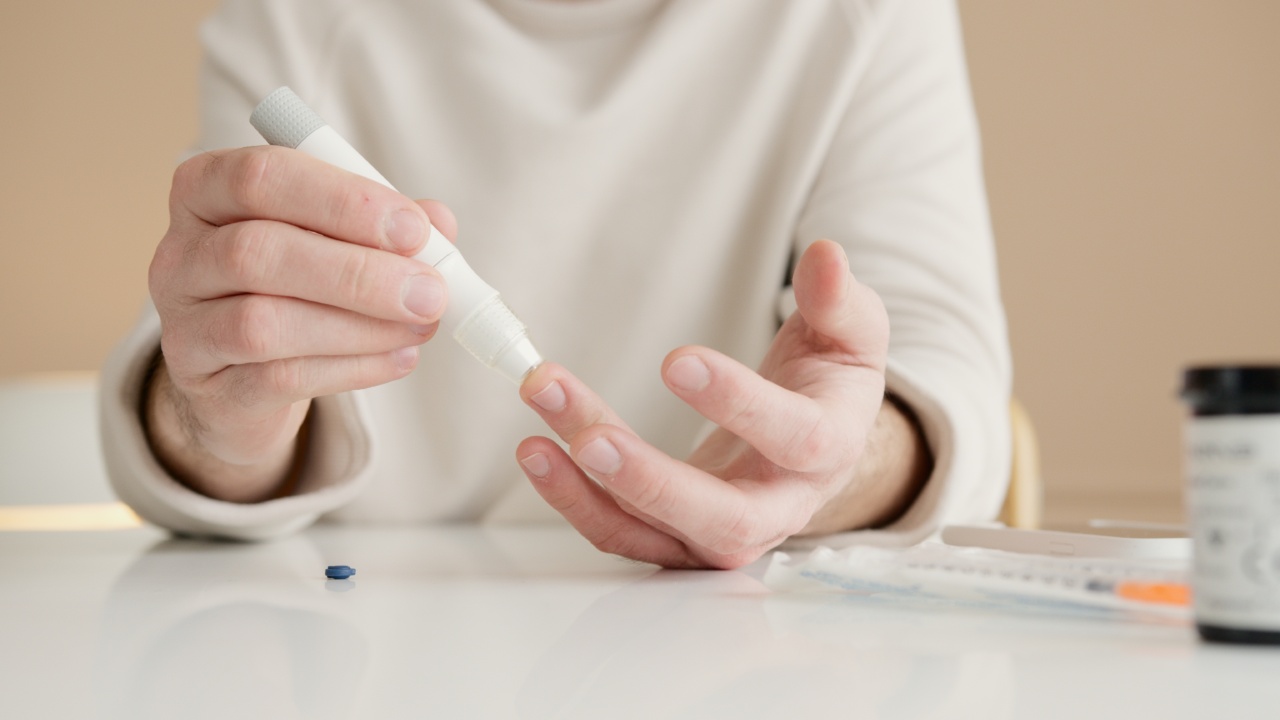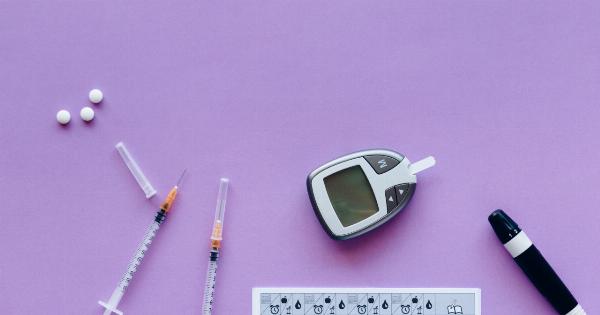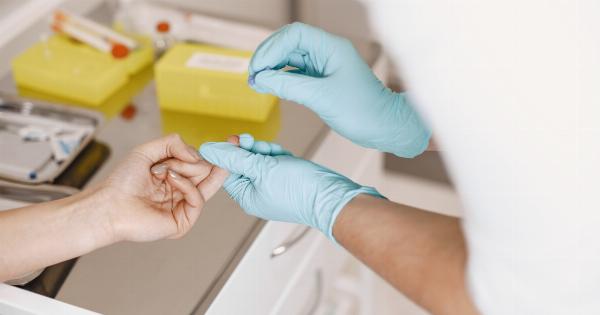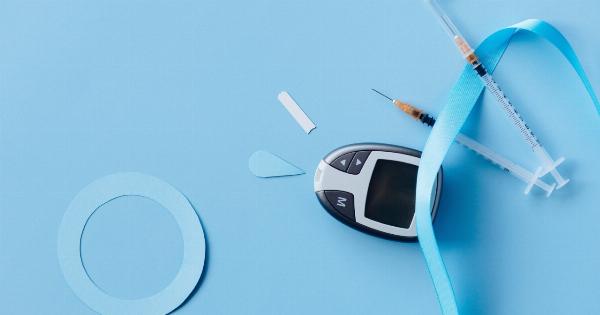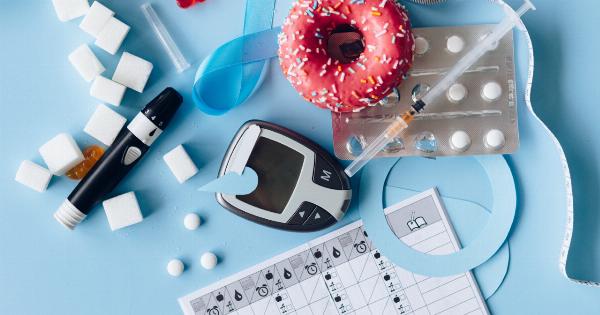Living with diabetes can be a daily struggle, as individuals must constantly monitor their blood sugar levels to ensure they remain within a safe range.
For many, this involves regularly performing painful finger pricks to obtain a small blood sample for testing. However, recent advancements in technology have offered new alternatives for accurate sugar measurement in diabetics, minimizing the piercing pain associated with traditional methods.
Continuous Glucose Monitoring (CGM) Systems
One such innovation is the introduction of Continuous Glucose Monitoring (CGM) systems. These devices use a tiny sensor inserted just below the skin to continuously measure glucose levels in the interstitial fluid.
This eliminates the need for frequent finger pricks, reducing the piercing pain experienced by individuals with diabetes.
CGM systems provide real-time data about glucose fluctuations throughout the day, allowing users to track patterns and make informed decisions about insulin dosages and lifestyle choices.
This technology ensures accurate sugar measurement while granting individuals with diabetes greater freedom and convenience in managing their condition.
Non-Invasive Glucose Monitoring
Researchers and innovators are constantly striving to develop non-invasive alternatives for monitoring blood sugar levels in diabetics.
These methods aim to eliminate the piercing pain associated with finger pricks while still providing accurate and reliable results.
One emerging approach involves the use of advanced optical technologies to detect glucose levels through the skin. These technologies utilize near-infrared light to measure blood glucose concentrations without the need for any puncturing or pain.
While still in the experimental stages, non-invasive glucose monitoring shows great promise in revolutionizing sugar measurement for diabetics.
Artificial Intelligence and Machine Learning
Another exciting frontier in accurate sugar measurement for diabetics is the integration of artificial intelligence (AI) and machine learning algorithms.
These technologies analyze large amounts of data collected from diabetics, including blood sugar levels, insulin dosages, and lifestyle factors.
By leveraging pattern recognition and predictive modeling, AI algorithms can identify and anticipate trends in glucose levels, enabling individuals with diabetes to make proactive adjustments to their treatment plans.
Moreover, AI-driven personalized recommendations can guide patients in managing their condition more effectively, reducing the risk of blood sugar spikes and related health complications.
Advantages of Improved Sugar Measurement Methods
Beyond reducing piercing pain, the advancements in accurate sugar measurement methods have significant benefits for individuals living with diabetes:.
1. Enhanced Convenience and Quality of Life
Non-invasive glucose monitoring and CGM systems provide continuous and pain-free sugar measurement, offering increased convenience and improved quality of life for diabetics.
Daily activities and sleep patterns no longer need to be disrupted for traditional testing methods, allowing individuals to regain a sense of normalcy.
2. Better Blood Sugar Control
With real-time data from CGM systems or non-invasive measurements, diabetics can take immediate action based on their glucose levels.
This empowers them to make more informed decisions concerning their diet, physical activity, and insulin doses, leading to better blood sugar control and reduced risk of diabetes-related complications.
3. Early Detection and Prevention
Accurate sugar measurement methods can identify glucose fluctuations and patterns that may go unnoticed with traditional testing.
Early detection of potential issues enables proactive intervention, preventing severe hyperglycemia or hypoglycemia episodes and providing timely medical attention when necessary.
4. Deeper Insights and Personalization
The integration of AI and machine learning algorithms into glucose measurement systems offers personalized insights and recommendations for individuals with diabetes.
This tailored guidance can help them understand how their lifestyle choices impact their blood sugar levels and create strategies for optimal management.
The Future of Sugar Measurement in Diabetics
The relentless pursuit of improved sugar measurement methods for diabetics continues to yield promising results.
Researchers are exploring various avenues, from advanced wearable technologies to nanosensors and even contact lenses that detect glucose levels.
It is envisioned that future solutions will not only eliminate piercing pain but also provide seamless integration with smartphones and other smart devices.
These innovations aim to make sugar measurement effortless and intuitive, empowering individuals with diabetes to take control of their health with ease.
In Conclusion
The piercing pain associated with traditional blood sugar measurement methods has long been a source of discomfort for individuals living with diabetes.
However, advancements in technology, including CGM systems, non-invasive monitoring, and AI-driven personalized recommendations, are transforming sugar measurement for the better.
The future of accurate sugar measurement in diabetics is bright, with ongoing research paving the way for pain-free and convenient solutions that improve the lives of those managing this chronic condition.
